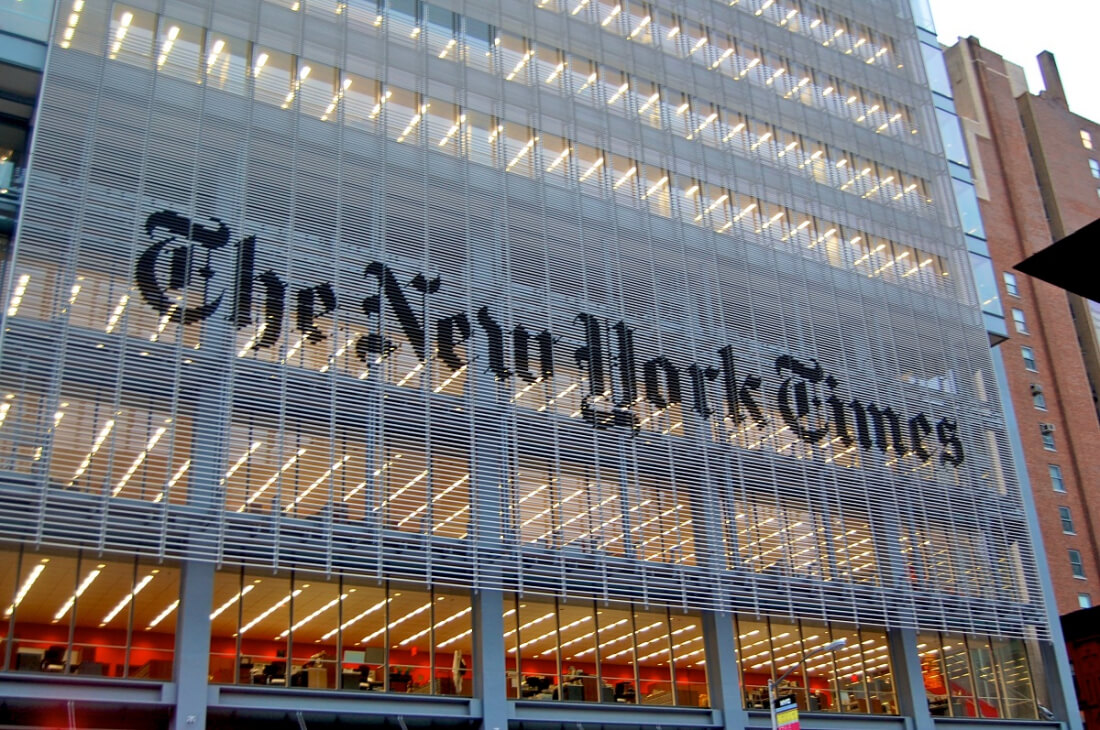Now that we're living in a digital age, what does the future hold for print journalism? Based on the words of New York Times CEO Mark Thompson, not a lot. The long-running newspaper's boss said the publication would likely transition to a digital-only model in as little as ten years.
Speaking on CNBC's Power Lunch, Thompson said: "I believe at least 10 years is what we can see in the U.S. for our print products." He added that he'd like to see the print edition of the paper "survive and thrive as long as it can," but admitted that the end-of-life date for the traditional format was on the horizon.
"We'll decide that simply on the economics," he said. "There may come a point when the economics of [the print paper] no longer make sense for us."
"The key thing for us is that we're pivoting. Our plan is to go on serving our loyal print subscribers as long as we can. But meanwhile to build up the digital business, so that we have a successful growing company and a successful news operation long after print is gone."
The New York Times added 157,000 new digital subscribers in the last quarter as the number of print subscribers remains relatively constant, "with a little bit of a decline every time." Digital subscription revenue was up 51 percent YoY, while overall subscription revenue increased 19.2 percent.
The Times' total revenue for Q4 2017 rose 10 percent from a year earlier to $484.1 million. Both earnings and revenue beat analysts' expectations, "even though the print side of the business is still somewhat challenged," said Thompson. Not only are print subscription numbers stagnant, but its advertising revenue is also falling, down 8.4 percent for the quarter while digital ad revenue increased 8.5 percent.
Even though the Times makes more money through its print subscribers, Thompson believes they will be replaced by "many, many more" digital subscribers. "Digital is growing very rapidly. Ultimately, there will be many times the number of digital subscribers compared to print."
